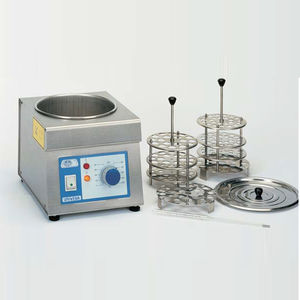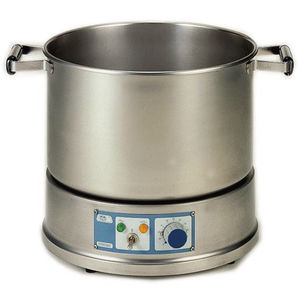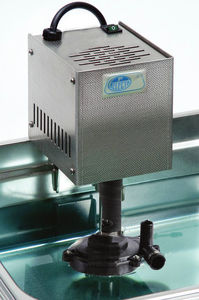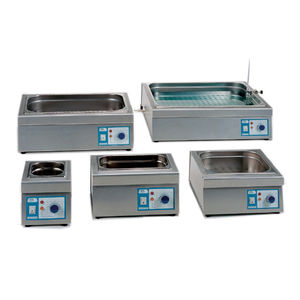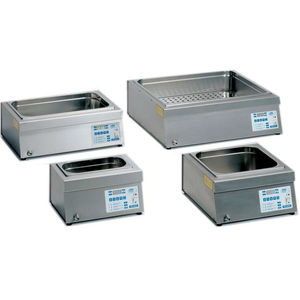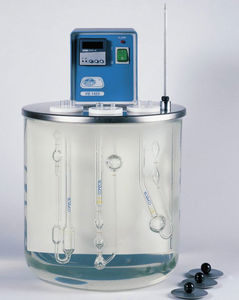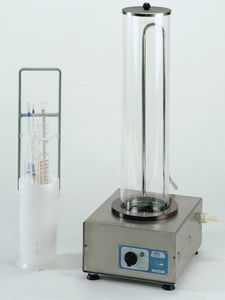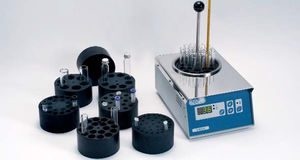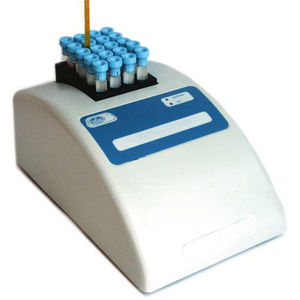

- Products
- Catalogs
- News & Trends
- Exhibitions
Ultrasonic cleaning machine Ultrasons seriesautomaticlaboratorystainless steel
Add to favorites
Compare this product
Characteristics
- Technology
- ultrasonic
- Operational mode
- automatic
- Applications
- laboratory
- Other characteristics
- stainless steel, high-frequency
- Capacity
Max.: 20 l
(5.28 gal)Min.: 1 l
(0.26 gal)
Description
FUNDAMENTAL THEORY
The principal of ultrasonic cleaning consists of the use of high frequency sound waves (40 kHz), produced by a generator through a transducer, which propagates them mechanically inside the tank, this produces a cavitation effect which leads to the formation of millions of low pressure microscopical bubbles which carry out molecular cleaning, eliminating impurities, polluting agents and dirt from the parts or material which must be cleaned.
Complex parts can be cleaned without disassembly since the cavitation penetrates wherever the cleaning solution is in contact with the surface. The generator of these baths is completely transistorised and incorporated, working through the “Sweeping frequency” system, which ensures uniform cavitation at all points of the resonance tank.
COMMON FEATURES
Double bodied tank, made entirely of stainless steel.
Emptying drain, anti-parasite filter, adjustable timer and heating, model dependent.
APPLICATIONS
Laboratories in general: acceleration of chemical reactions, degassing of liquids, cell disruption, cleaning of sieves, pipettes, micro-pipettes, cuvettes, trays, viscometers, decomposition of radioactive substances, etc.
Dentistry: Cleaning of prosthesis, instruments, etc.
Optics: Cleaning of frames, lenses, and contact lenses, etc.
SUMMARY TABLE
Medicine: Cleaning of instruments in general, forceps, probes, scalpels etc.
Jewellery and Watch making: Cleaning of all kind of watches and jewels.
Industry: Cleaning of all electronic components, printed circuit boards, semiconductors,
petrol injector sieves and filters, etc.
Other J.P Selecta products
WATER OIL BATHS, IMMERSION THERMOSTATS AND DRY-BLOCKS
*Prices are pre-tax. They exclude delivery charges and customs duties and do not include additional charges for installation or activation options. Prices are indicative only and may vary by country, with changes to the cost of raw materials and exchange rates.



